From the Roots of PR to Michael Jackson: How Storytelling Shapes Legends – and Distorts Reality
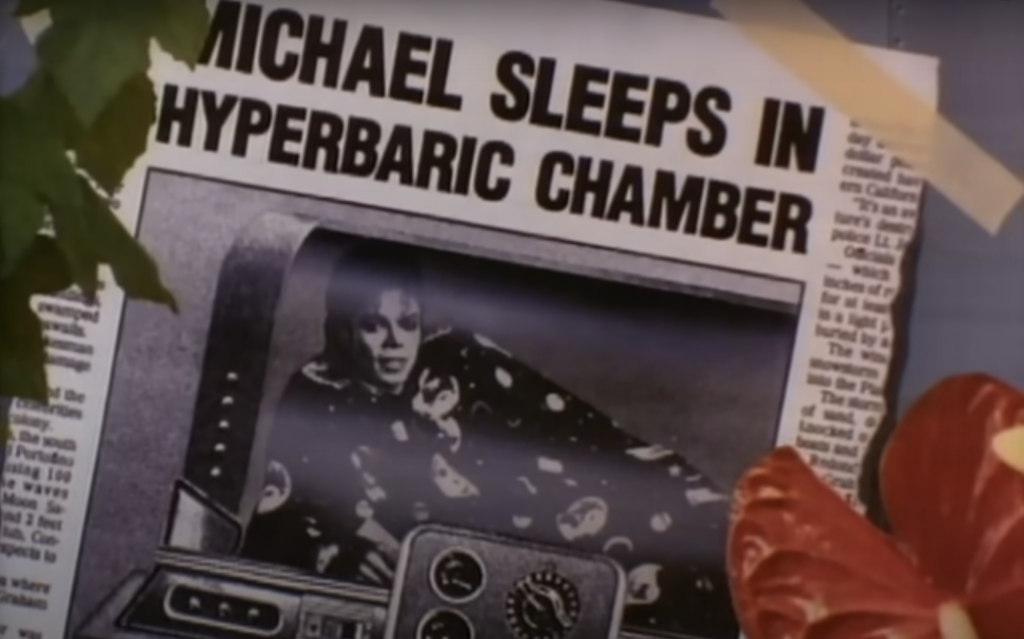
A planned biopic about Michael Jackson has reignited the debate. While Hollywood celebrates his legacy, his alleged victims continue to fight for a hearing and for justice. How can it be that a figure who has been accused of such serious misconduct is honored with a film while the people affected have to deal with threats and defamation? The answer lies not only in the appeal of his music, but also in a decades-long PR strategy that made Jackson’s image untouchable. It is a strategy that shows how public relations can guide – and sometimes manipulate – public perception.
PR: A Double-Edged sword
PR is a discipline full of contradictions. It can build brands, create trust, and spark social debate – but it can also distort reality, obscure scandals and cement myths.
Michael Jackson’s career is a prime example of how targeted PR can not only shape an image, but also erect a protective wall against criticism. His strategy has always walked a fine line between clever media management and targeted disinformation. But the mechanisms that created his myth are by no means new.
From P.T. Barnum to Michael Jackson: Scandals as a Strategy
If anyone can be considered the father of modern PR, it is P.T. Barnum. As early as the 1830s, the showman and entrepreneur knew that it is not the truth that counts, but what people want to believe. He created spectacles, provoked the press and lived by the motto: “There is no such thing as bad publicity.”
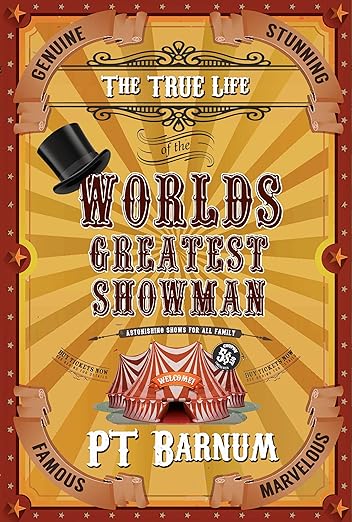
P.T. Barnum was a master of deception – and of attracting attention. His freak shows were spectacularly staged hoaxes: an alleged mermaid that turned out to be a sewn-together fish and monkey body, or the “161-year-old nurse of George Washington”, whose true age was completely unknown because it was made up. But that was precisely what made it so appealing. People flocked to his shows, not because they believed it was all real, but because they wanted to be entertained.
Barnum understood that controversy and scandal are the best forms of marketing. When one of his attractions was exposed as a fraud, he simply placed an ad in the newspaper calling himself a liar. The effect? Even more curiosity, even more visitors. “There’s no such thing as bad publicity,” was his motto. As long as people were talking about him, he had won.
Michael Jackson took up this strategy – playing with truth and fiction, deliberately provoking speculation. Stories about oxygen chambers, purchased Elephant Man bones, or bizarre rituals? Many of them were his inventions, deliberately placed scandals that strengthened his mystical aura. Even those who doubted the truth unwittingly played along: the media picked up the stories, the public discussed them – and Jackson’s icon became more inviolable.
Edward Bernays: PR as a Science of Influence
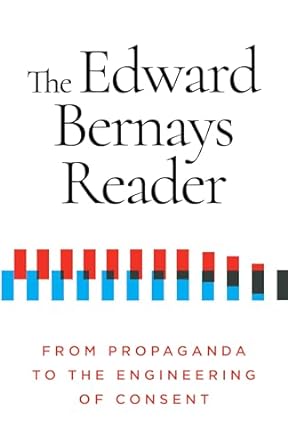
While Barnum relied on deception, Edward Bernays, the nephew of Sigmund Freud, brought psychology into play. He recognized that people are less persuaded by arguments than by emotions. His most famous PR successes: He got women to smoke in public by staging cigarettes as “Torches of Freedom”. He persuaded architects to design bookcases into houses to boost book sales. Bernays made PR a subtle but influential discipline – a blueprint for modern image campaigns.
Michael Jackson understood this principle perfectly. His image as the eternal Peter Pan, as the world’s healer, as the savior of the innocent was not an accidental development, but a consciously staged identity. Songs like Heal the World or We Are the World reinforced the image of a charismatic benefactor. Those who attacked him cast doubt not only on an individual, but on an entire narrative that was deeply embedded in collective emotions.
The Big Lie: When Repetition Becomes Truth
Another principle from PR history: repetition shapes reality. Edward Bernays recognized early on that people do not react rationally to messages, but emotionally – and that constant repetition anchors a narrative deeply in the mind. His techniques became the basis for modern PR, but were also used in political propaganda. Joseph Goebbels adopted Bernays’ insights into mass influence and formulated it drastically: “A lie repeated often enough becomes the truth.”
This method is not only a tool of totalitarian regimes, but is also omnipresent in the entertainment industry and brand communication. Michael Jackson used it masterfully. He repeatedly emphasized: “The media lies about me!” – so often that many believed him. He staged himself as the victim of a sensationalist press that wanted to destroy him. Yet it was precisely this press that he had previously used strategically to create his myth.
His repetition strategy worked because it was based on a deeply rooted psychological reflex: people tend to believe familiar messages more readily – even if they are false. If you hear often enough that Michael Jackson was an innocent genius, you develop an emotional attachment to that narrative.
Guinness World Records as a PR tool
When it comes to anchoring an image, one book is indispensable: the Guinness Book of World Records. Originally conceived as a PR gimmick by the Guinness brewery, it has become the ultimate marketing tool. After all, anyone who appears in the Guinness Book must be a legend, right?
Michael Jackson recognized the value of world records as a PR tool. Titles such as “most successful entertainer of all time” or “best-selling album of all time” cemented his status as the King of Pop. However, not all of his Guinness World Records corresponded to what the public made of them.
One particularly stubborn misunderstanding concerns his record for “most charities supported by a pop star”. The wording of the title is clever and deliberate. Many mistakenly believe that this means that Jackson was the most generous pop star of all time. Wikipedia cites a donation total of $500 million – a figure that can hardly be substantiated, however. In fact, the proven amount is probably more in the single-digit millions. But through clever PR, the narrative of the generous benefactor has remained.
Who Determines the Truth?
The question is not just how Jackson’s team has managed to control and protect his image so purposefully to this day. The bigger question is: why do we as a society often favor myth over reality?
PR is powerful. It can shape brands, careers, and even historical narratives. And it shows how deeply storytelling is ingrained in our thinking. Understanding the mechanisms of PR allows us to question why certain stories are told – and which are not.
Perhaps the answer lies not only with Michael Jackson himself, but in a broader media landscape that has learned over decades to make icons untouchable. Some invent themselves as “kings”, stylize themselves as infallible figures and let themselves be celebrated, while their transgressions are systematically reinterpreted or denied. The louder the criticism, the louder their own narrative: victims of a conspiracy, misunderstood, persecuted.
If you understand the PR masters of yesteryear, you also understand why other power-hungry men with a penchant for pomp, headlines, and self-promotion have managed to win over entire populations, no matter how often reality contradicts them.
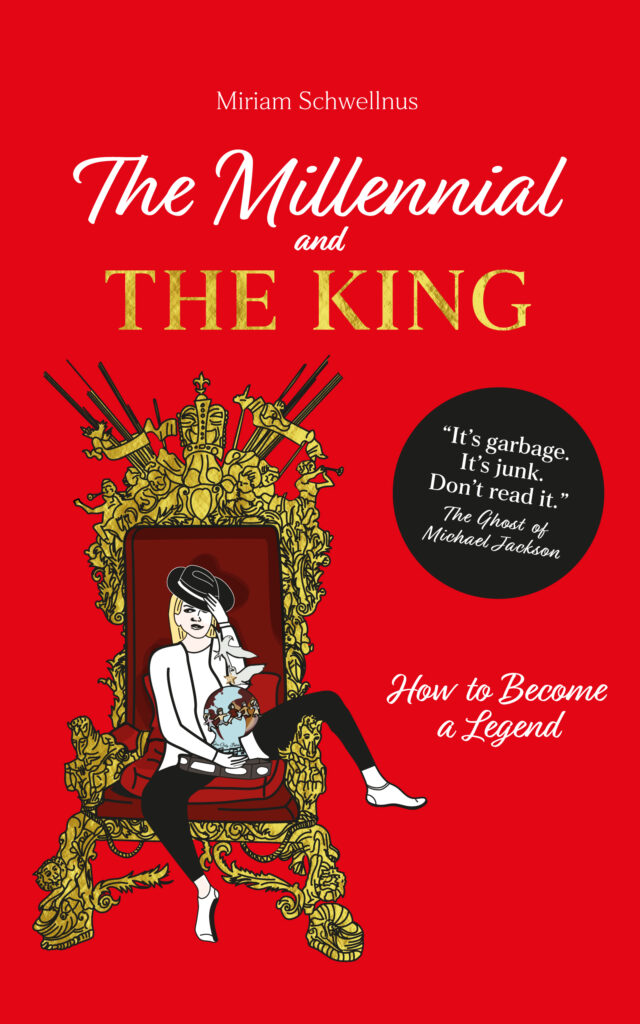
Miriam’s Book – Out Now!
A sharp, self-aware, and darkly funny look at the power of narratives, The Millennial and the King unpacks how one man built his legend, and how one woman re-examines her role in his movement and beyond. Part media autopsy, part midlife reckoning, part PR masterclass, this literary collage explores our hunger for stories—even when they turn out to be myths.
Share this article
Related articles
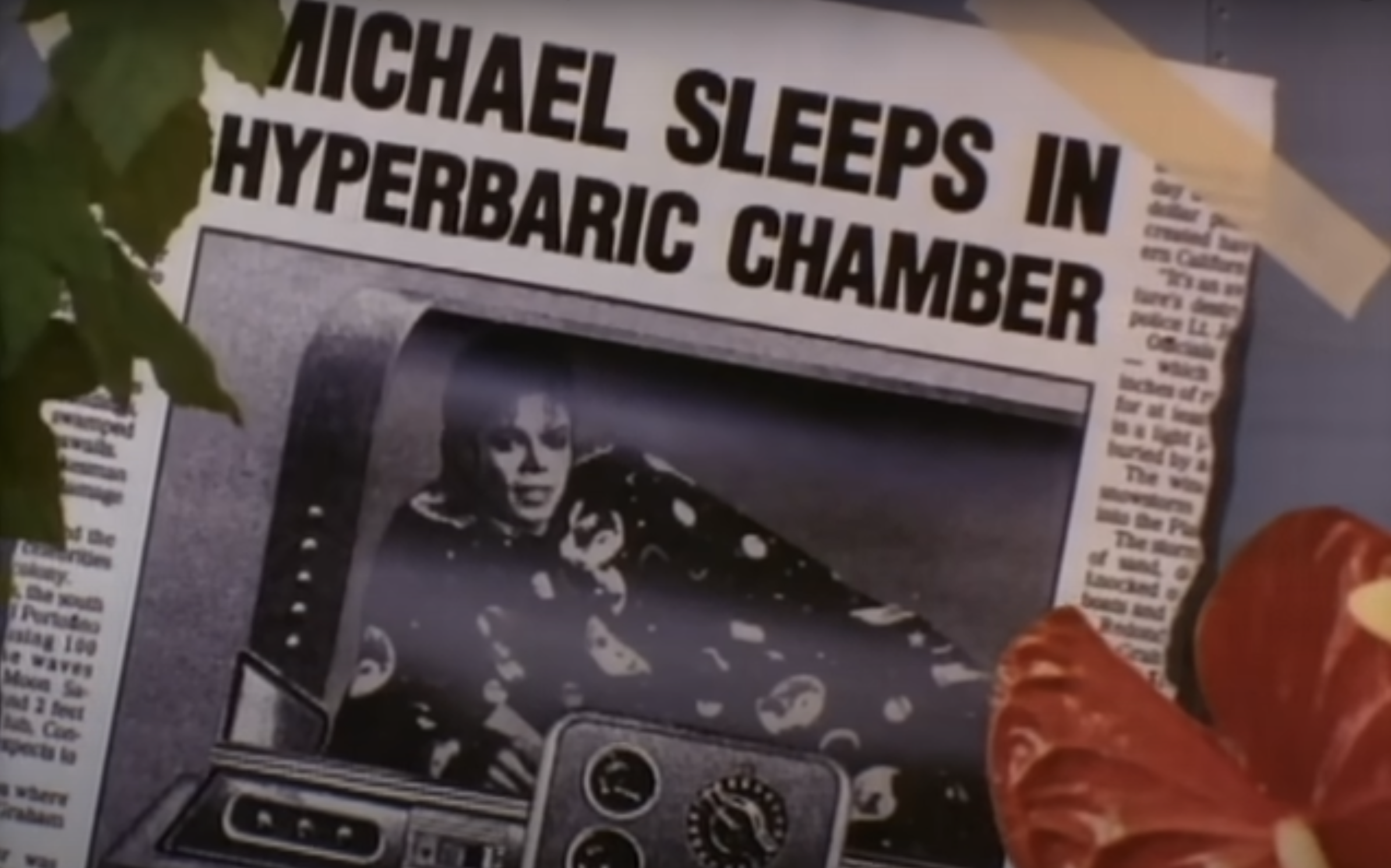
8 April 2025







